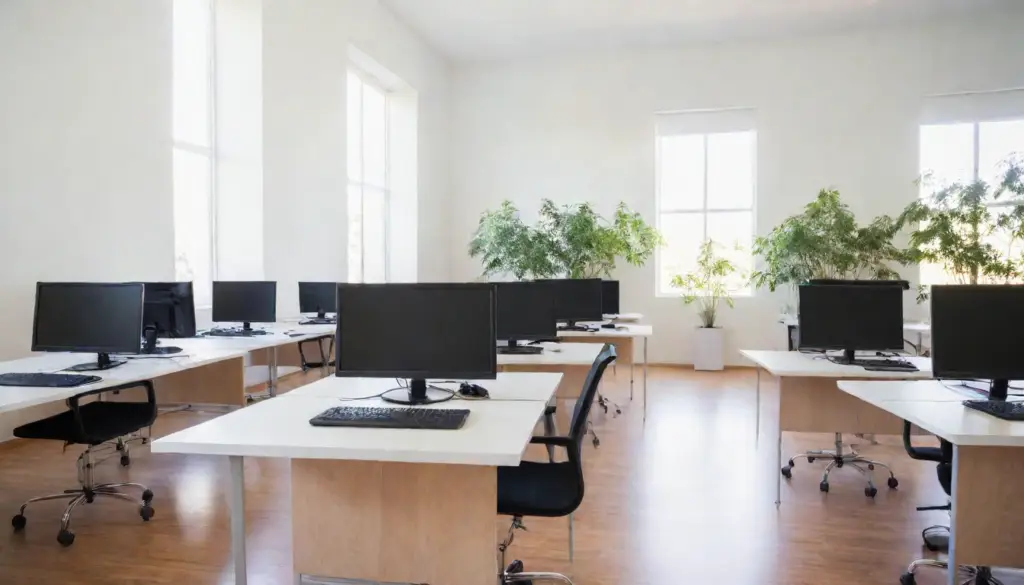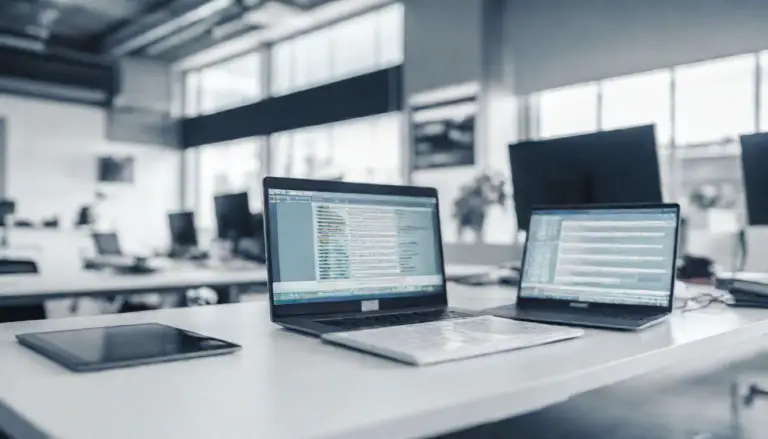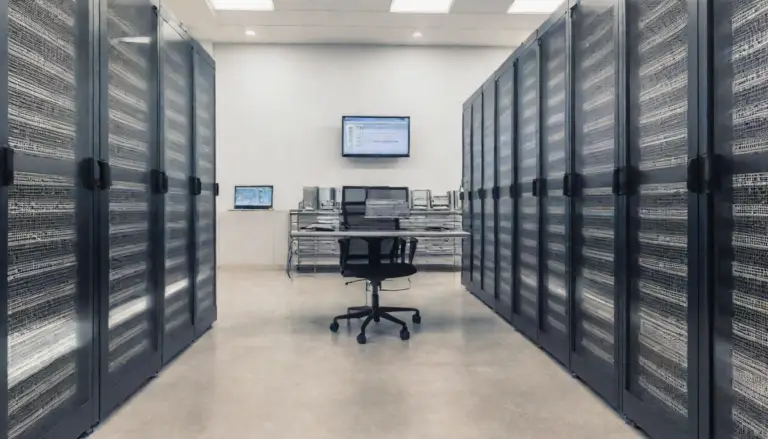Standardizing your desktops is an excellent way to reduce your costs and tighten up your security. By crafting a “gold standard” desktop to push out to all employees, you’ll simplify and streamline your operations.
For good reason, many companies in several industries have moved toward desktop standardization, but some are still on the brink of this significant change.
Today, we’ll review the importance of desktop standardization and how to bring it to your organization.
What is Desktop Standardization?
The main idea behind desktop standardization is to give all employees the same core install, including applications, hardware drivers, and operating systems.
Some companies have resisted standardizing desktops because they believe the older software is good enough, and they want to avoid the cost of upgrading. Of course, some users may resist change and want to do their own thing.
While IT has been slow to change, using standard desktops is quickly becoming standard practice.
You may standardize desktops at any time, but there are times when it makes the most sense. If you have to upgrade or migrate anyway, it presents an excellent opportunity to standardize desktops. Additionally, if you need to acquire several desktops for new hires, mergers, or other changes, you have an excellent opportunity to standardize desktops.
Other guidelines that suggest standardizing desktops could help your operations and button line include:
- You have more than five team members.
- You must operate multiple elements of an IT infrastructure.
- Your needs align with the benefits of desktop standardization.
Problems with Unstandardized Desktops
Despite the growing popularity of standardized desktops, many companies have not yet adopted them. Here are some of the biggest problems with unstandardized desktops:
- Complicated services
- Challenging to manage large-scare desktop challenges
- Multiple PC images
- Non-standard applications
- Software compliance issues
- Poor device security
The Top Benefits of Desktop Standardization
Desktop standardization is becoming the norm, and that is because of the immense benefits it delivers. Some of the top reasons to standardize desktops include:
- Security. Old software presents vulnerabilities and can take down the entire network. Standardizing the desktops ensures that employees have updated, secure software.
- Consistency. Get the computers that meet the needs of your company. With standardized desktops, you can ensure the devices are compatible with your network and devices.
- Lower costs. When you standardize desktops, you can partner with select vendors and leverage greater purchasing power. You can often negotiate lower prices on professional devices while ensuring they meet your company’s needs. Additionally, you’ll reduce support costs because you will save money on setup, maintenance, and repair when computers are standardized.
- Business-grade devices. Many computer manufacturers create consumer and professional/business-grade computers. Business or professional grade systems are made with top quality hardware and are generally reliable and supportable.
- Better IT Support. Computer standardization makes it easier for IT to handle questions and issues that arise. The IT department will better deliver efficient service and sort problems out quicker when you have standardized computers. The IT team will become very familiar with the computers you have. They can receive vendor training and develop the technical skills to support the standardized product, and it will be easier to request direct vendor support.
- Device tracking. If employees all have different desktops, it can be difficult and confusing to track assets. When you order standardized computers, you can more easily track them via barcodes and an inventory system.
- Remote work. Standardized desktops set your organization up for successful remote work. Employees will have access to the same applications and software, ensuring a smoother virtual work experience.
Desktop Standardization Necessities
When developing your standard desktop environment, it’s crucial to schedule planning and implementation. Spending time up front to evaluate and implement standardized desktops will save you time and money when purchasing the devices. The basic process of desktop standardization includes:
- Examining the elements of a successful model.
- Planning the steps you must take.
- Identifying the standard blueprint for each group in your organization.
- Implementing the standard model.
Costs to Consider
- Ongoing maintenance cost for software upgrades and updates, system/ network, and employee training.
- Cost of initial deployment.
- Occasional system repair costs
During the planning stage, you must assess your current structure and functionalities. Identify the applications you currently use and build an exhaustive list of the applications you need. It would help if you also established a strong project team, including a project manager, to manage the project requirements. Set the server requirements and how to deliver the application to the user.
Identify end users and consider user needs and flexibility. Employees do need some flexibility in how they work. However, you can still standardize with flexibility in mind. You can allow employees to choose the tools they need from a pre-approved application list. Some employees may be resistant and try to bend or break the rules. To avoid this, create an application system for employees to submit applications for consideration. This will help workers feel more control over their work while also fostering initiative and compliance.
Ensure proper computer configuration. You can leverage PC imaging to configure one machine fully and then replicate it on the other devices. This method is ideal for standardized desktops, as you can set them all up with the same security settings and functionality.
Reasons to Outsource Desktop Standardization
Despite the many advantages of standardized desktops, many companies have stuck with older software simply because they did not have the time, expertise, or resources to standardize desktops. Pushback from employees who want flexibility is another deterrent for adopting desktop standardization, but both obstacles can be overcome with the proper project management.
Outsourcing your project management takes the stress and confusion out of your desktop standardization project. You can rely on the experts to bring a fresh perspective and detailed technological expertise. You can get back to your business’s core aspects while leaving desktop standardization in the hands of the project manager. Dynamic project management will efficiently and accurately deliver your project, allowing you to work on your core competencies without the added strain.
The knowledgeable team at Teksetra offers superb project management services, including moves/relocations, installation, equipment additions or changes, Windows 10 migration, commissioning and testing new equipment, decommissioning services, digital signage, and more. We always deliver projects on time and within the budget, including desktop standardization. To every project, we bring technological expertise, several years of experience, and impeccable communication. We’ll work right by your side at every stage of the desktop standardization process. Contact Teksetra today for desktop standardization solutions.






